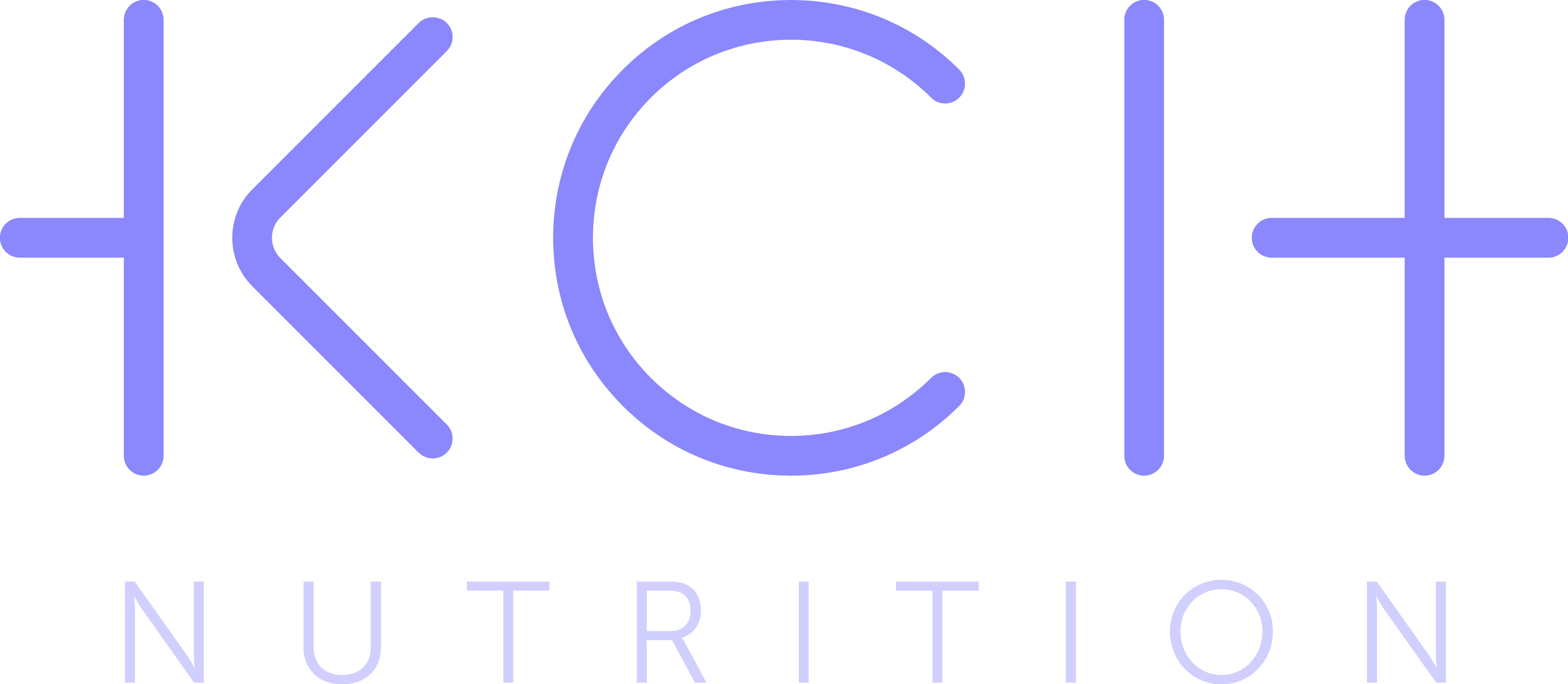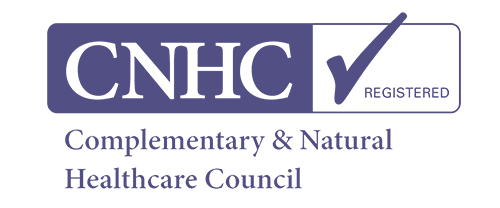Do you suffer from recurrent injuries that prevent you training consistently?
With marathon training in full swing, I thought it would be useful to write something on what you as an athlete can do nutritionally to both prevent and rehab injuries. The first and obvious starting place is to ensure you have a wholesome, unprocessed diet high in seasonal vegetables, plenty of good fats and sufficient quality protein (I emphasise quality – organic, grass fed where relevant), all year round, not just in race season. Prevention is preferable to rehab so ensuring your body is fully nourished with nutrient dense foods 12 months a year is one of your best weapons in warding off injury. Being consistent in your diet is a fundamental building block to allow consistent training. This doesn’t mean you cant enjoy a glass of wine or meal out but follow the 80/20 rule – 80% you eat an unprocessed, well-balanced diet that is right for YOU (not a fad diet) and 20% of the time, don’t worry about it.
Three Phases of Healing
However, should you be unfortunate enough to get an injury, here are some ideas on additional foods or supplements you may want to consider. The tissues involved in sport – muscle, cartilage, tendons, and bones – consume nutrients, just like every other cell in our body, and we need to provide them with the right building blocks to do this. There are three phases of healing – inflammation, proliferation and remodelling and understanding this can help formulate a rehab nutritional plan.
Phase 1
Inflammation is an essential part of the healing process but excess inflammation and the pain associated with it can be reduced via a number of nutritional interventions. Some key ones are:
- Omega 3 fish oils which modulate some of the enzymes in the inflammatory cascade. There is some debate over the optimal dose as too low (eg 450mg/day) may have little effect while too high could potentially reduce immune cell function which is required for the healing process. A dose between 2000-3000mg/day for a short period may be beneficial (2). Alternatively look to your diet and ensure you have a good intake of oily fish such as salmon, tinned sardines, herring, flax seed or hemp oil.
- Omega 6 oils should not be dismissed as ‘bad’ (a common over simplification) as functionally they have an important role in the final stage of the inflammatory process, effectively cleaning up the mess left behind. If your diet is high in wholesome foods you may not be getting enough of these as one of the primary sources are processed food so it may be worth considering an omega 3/6 blend. Gamma-linoleic acid, or GLA, a less talked about omega 6 oil, found in evening primrose oil, is often forgotten about and has been shown to be effective in reducing inflammation (3). There are fish oil complexes available that offer a blend of these various compounds. Walnuts, chia seeds and hemp oil are naturally well-balanced in both omega 6 and 3.
- Dietary herbs and phytochemicals such as turmeric, foods containing bromelain, such as pineapple, and quercetin, found in grapes and berries. These can also be supplemented for more therapeutic doses although advise if doing this should be sought. There are many products on the market containing turmeric, many claiming better absorption methods than the next. Turmeric is not highly bio-available but be wary of marketing claims – piperine has been shown to increase bioavailability and there are some interesting liposomal products on the market now (4).
- Consideration to proteolytic enzymes should be given as taken away from food have been shown to reduce systemic inflammation and speed up time of healing (5). This is something a qualified Nutritional Therapist can advise on.
Phase 2
Once inflammation has calmed down and the proliferation stage begun, you need to think about the rebuilding or remodelling of the various tissues affected. If you aren’t able to exercise as usual, mood can be affected leading to poor nutritional choices at a time when, arguably, it matters more than usual. Some athletes may try to restrict their calorie intake as they are concerned about their weight but it is important to remain in an anabolic state when you are recovering from injury so adequate macro-nutrients are needed, particularly sufficient good quality protein and fats (eg oily fish, avocado, hemp oil). Key micro-nutrients to consider for tissue growth are those such as vitamin A, C and D, K2, calcium, copper, magnesium and zinc.
Vitamin C: assists with wound healing, tissue repair and optimal immune function. Sources include citrus fruit, strawberries, red bell peppers, watermelon.
Vitamin A: assists with cell growth and development, as well as immune function. Sources include: sweet potatoes, tomatoes, carrots, papaya.
Vitamin D and K2: assists with bone health and immunity. Vitamin D is hard to obtain from the diet with sunlight being the main source. Even the government now recommends that individuals living in the northern hemisphere supplement in Winter months. Food sources include tuna, salmon, shitake mushrooms and egg yolk. If supplemented, vitamin D should be taken with vitamin K2 as they work synergistically. Sources of K2 are fermented soy and grass-fed cow produce. We can convert K1 (found in green leafy vegetables) to K2 in the gut but the ability of each individual to do so varies enormously.
Calcium: to support skeletal structure and function. Sources include green leafy vegetables, tinned fish such as sardines with bones in, tofu, sesame seeds and dairy sources.
Copper: assists with red blood cell formation, regeneration of elastin and immune function. Sources include sesame seeds, cashews and shitake mushrooms
Magnesium: necessary for nucleic acid and protein synthesis, circulation (to bring nutrients to new tissues and remove waste from site of injury) and necessary for proper absorption of calcium and vitamin D. Sources include pumpkin seeds, swiss chard, soybean and spinach.
Zinc: Assists with wound healing, protein synthesis and immune function. Sources include: beef, almonds, seeds (e.g. sunflower, flax, pumpkin, etc.) and seafood
Collagen fibres specifically require vitamin C and the non-essential amino acids proline, glycine and lysine. A bowl of home-made bone broth is a great addition to your evening meal as part of a rehab programme. Finally, an additional word on protein – quality is key. If you are an omnivore, due to the high use of antibiotics and hormones in the animal food chain today, choosing organic and grass fed (where appropriate) is important. Choose the best quality you can afford. If you are a vegan or vegetarian, you may want to consider some protein supplementation at this time but read the label carefully as protein powders vary enormous in quality and if you use soy be aware that much is genetically modified and highly refined so choose your source carefully. It is also high in omega-6 oils and the potential hormonal-modulating effects of soy should be considered if consuming regularly (6).
From a functional perspective, I would always look to address a client’s gut health and assess liver function alongside the above. If an athlete is resting this is a perfect time to do a little work on both whilst they are not being taxed as much as usual. As you return to training, functional products such as cherry or pomegranate juice or targeted use of branch chain amino acids may help reduce muscle soreness in the early stages (7).
Phase 3
Initiate and maintain that consistent wholesome, unprocessed diet!
If you suffer from recurrent injuries and perhaps other underlying health issues you would like to get to the root of, contact Katherine at info@kchnutrition.co.uk or use the form below.
All amateur and professional athletes are personally responsible to ensure any substances administered or taken are not on the WADA banned substances list, or are not on the UK anti-doping list for prohibited substances (UKAD)
References:
- Lin, E., Kotani, J. G., & Lowry, S. F. (1998). Nutritional modulation of immunity and the inflammatory response. Nutrition (Burbank, Los Angeles County, Calif.), 14(6), 545–50. Retrieved from http://www.ncbi.nlm.nih.gov/pubmed/9646300
- Marques, C. G., Santos, V. C., Levada-Pires, A. C., Jacintho, T. M., Gorjão, R., Pithon-Curi, T. C., & Cury-Boaventura, M. F. (2015). Effects of DHA-rich fish oil supplementation on the lipid profile, markers of muscle damage, and neutrophil function in wheelchair basketball athletes before and after acute exercise. Applied Physiology, Nutrition, and Metabolism, 40(6), 596–604. https://doi.org/10.1139/apnm-2014-0140
- Innes, J. K., & Calder, P. C. (2018). Omega-6 fatty acids and inflammation. Prostaglandins, Leukotrienes and Essential Fatty Acids, 132, 41–48. https://doi.org/10.1016/J.PLEFA.2018.03.004
- Innes, J. K., & Calder, P. C. (2018). Omega-6 fatty acids and inflammation. Prostaglandins, Leukotrienes and Essential Fatty Acids, 132, 41–48. https://doi.org/10.1016/J.PLEFA.2018.03.004
- Marzin, T., Lorkowski, G., Reule, C., Rau, S., Pabst, E., Vester, J. C., & Pabst, H. (2017). Effects of a systemic enzyme therapy in healthy active adults after exhaustive eccentric exercise: a randomised, two-stage, double-blinded, placebo-controlled trial. BMJ Open Sport & Exercise Medicine, 2(1), e000191. https://doi.org/10.1136/bmjsem-2016-000191
- Messina, M., Messina, & Mark. (2016). Soy and Health Update: Evaluation of the Clinical and Epidemiologic Literature. Nutrients, 8(12), 754. https://doi.org/10.3390/nu8120754
- Howatson, G., Hoad, M., Goodall, S., Tallent, J., Bell, P. G., & French, D. N. (2012). Exercise-induced muscle damage is reduced in resistance-trained males by branched chain amino acids: a randomized, double-blind, placebo controlled study. Journal of the International Society of Sports Nutrition, 9(1), 20. https://doi.org/10.1186/1550-2783-9-20












